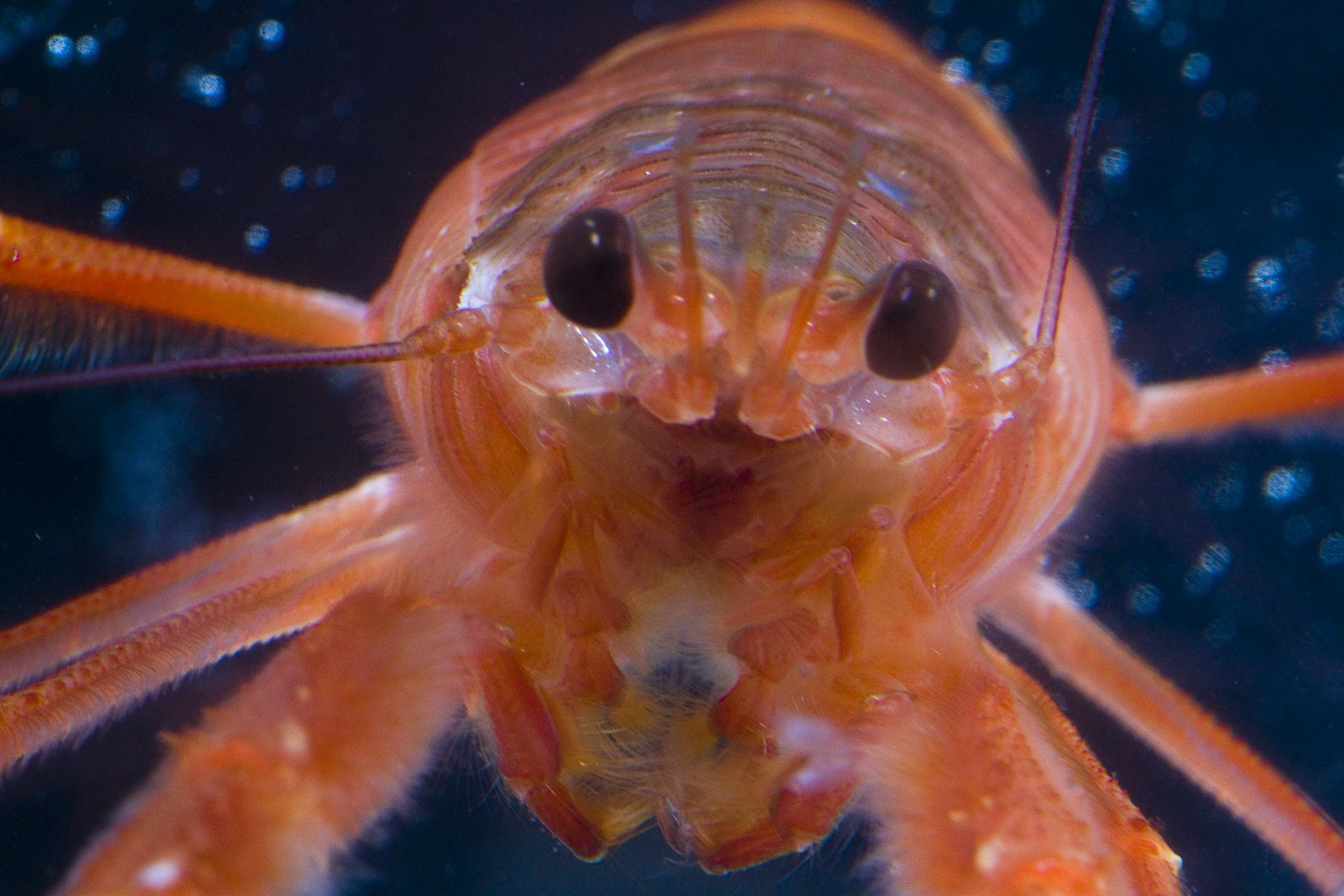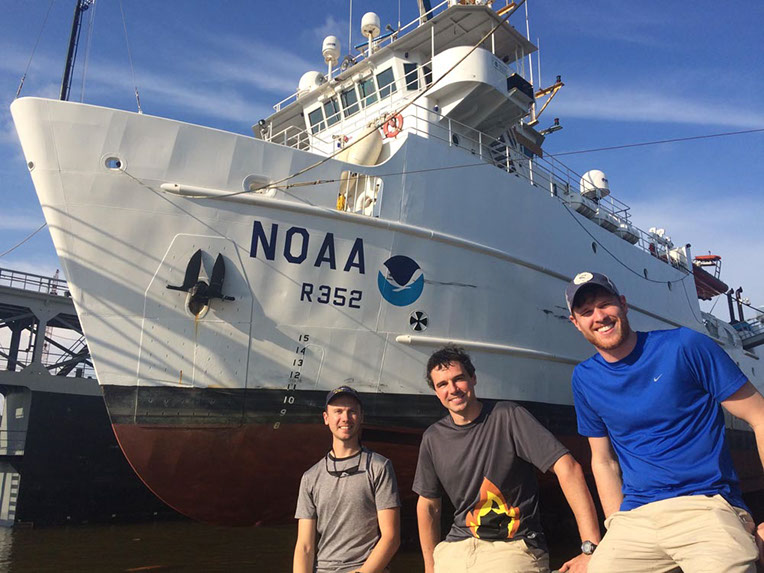In the vast open ocean ecosystems that cover most of our planet, primary productivity is driven by microscopic algae that float at the mercy of the currents. These drifting phytoplankton are responsible for roughly 50% of the photosynthesis on our planet. They suck up carbon dioxide, produce oxygen, and fuel marine food webs. Because they are so small, these phytoplankton are seldom consumed directly by fish and other larger organisms. Instead they are eaten primarily by zooplankton, a diverse group of organisms that range from single celled amoeba-like protists to krill. The ecological interactions between phytoplankton and zooplankton determine the efficiency with which energy moves up the food chain and hence controls the productivity of many marine fisheries. Here at COAPS, working in partnership with the FSU Department of Earth, Ocean and Atmospheric Science, we use a suite of modeling and field work approaches to investigate these marine food webs and their links to climate change.
Plankton Trophic Dynamics

Pleuroncodes planipes, also known as the pelagic red crab or the tuna crab, is a small crab that spends his entire life swimming in the surface ocean. They are usually found off the western coast of Mexico, but during El Nino years their range expands to the waters off of Southern California. Photo credit: Mike Stukel.
Plankton vary in size from less than a micron to over a meter (>6 orders of magnitude variability) in size and come from all major domains and many phyla. With this incredible taxonomic diversity comes a similar diversity in trophic modes and hence ecosystem structures. Biogeochemists tend to focus solely on the total primary productivity of an ecosystem or the proportion of primary productivity stemming from large phytoplankton. However, the productivity and efficiency of an ecosystem is often determined by a complex interplay between phytoplankton, grazing pressure, bacterial remineralization, and various biotic and abiotic particle packaging and disaggregating mechanisms. Meanwhile, particle aggregation and remineralization by particle-attached protists and bacteria may control fluxes into the deep ocean. Unraveling these relationships is a complex task. This research involves the use of simple trophic models to synthesize in situ rate measurements. Recent research by
Larval Fish Production
Marine fisheries are economically and nutritionally important to people around the world. Historically, these fisheries have been regulated based on single-species models. Essentially, such approaches assume that larval recruitment (i.e. the number of larval fish that survive to become juveniles or adults each year) is dependent only on the number of spawning adults the previous year. However, despite the best intentions of fisheries scientists and managers, this approach has proven insufficient for managing many species and many fisheries around the planet have crashed. Ecosystem-based management starts with the assumption that larval recruitment depends on both adult biomass and other environmental variables, such as temperature, oxygen, prey availability, and predator abundance. Consequently, it is crucial to understand how the entire environment is changing in time. For instance, climate change is likely to lead to warming of the surface layers of the Gulf of Mexico. These warmer temperatures will increase the metabolism (including growth rates and food requirements) of larval fish living in the same regions. At the same time, warm surface temperatures lead to increased stratification which inhibits nutrient introduction to the surface ocean and depresses primary productivity. Thus zooplankton (i.e. larval fish food) abundances may decrease at the same time that higher metabolism requires that larval fish need more food.

Members of the FSU Plankton Ecology and Biogeochemistry Lab (left to right) during a recent field campaign in the Gulf of Mexico: Tom Kelly (graduate student), Mike Stukel (lead scientist), and Taylor Shropshire (graduate student).
To address these issues, we use a diverse suite of oceanographic research. Partnering with colleagues at NOAA Southeastern Fisheries Science Center, Scripps Institution of Oceanography, and the University of Hawaii, Dr. Mike Stukel's lab has conducted two field campaigns to quantify the impact of bottom-up limitation and plankton trophic structure on habitat suitability for larval bluefin tuna. Working with collaborators at Horn Point Laboratory, we are combining satellite remote sensing with individual-based models of crustaceans to predict changing zooplankton abundance. Finally, we use ecological and biogeochemical models to simulate larval transport and development in a four-dimensional ocean. These diverse approaches work synergistically to better predict how a changing environment will affect larval fish survive, and hence enable fisheries researchers to better manage their stocks for a sustainable future. For more information about this research, visit the FSU Plankton Ecology and Biogeochemistry Lab.